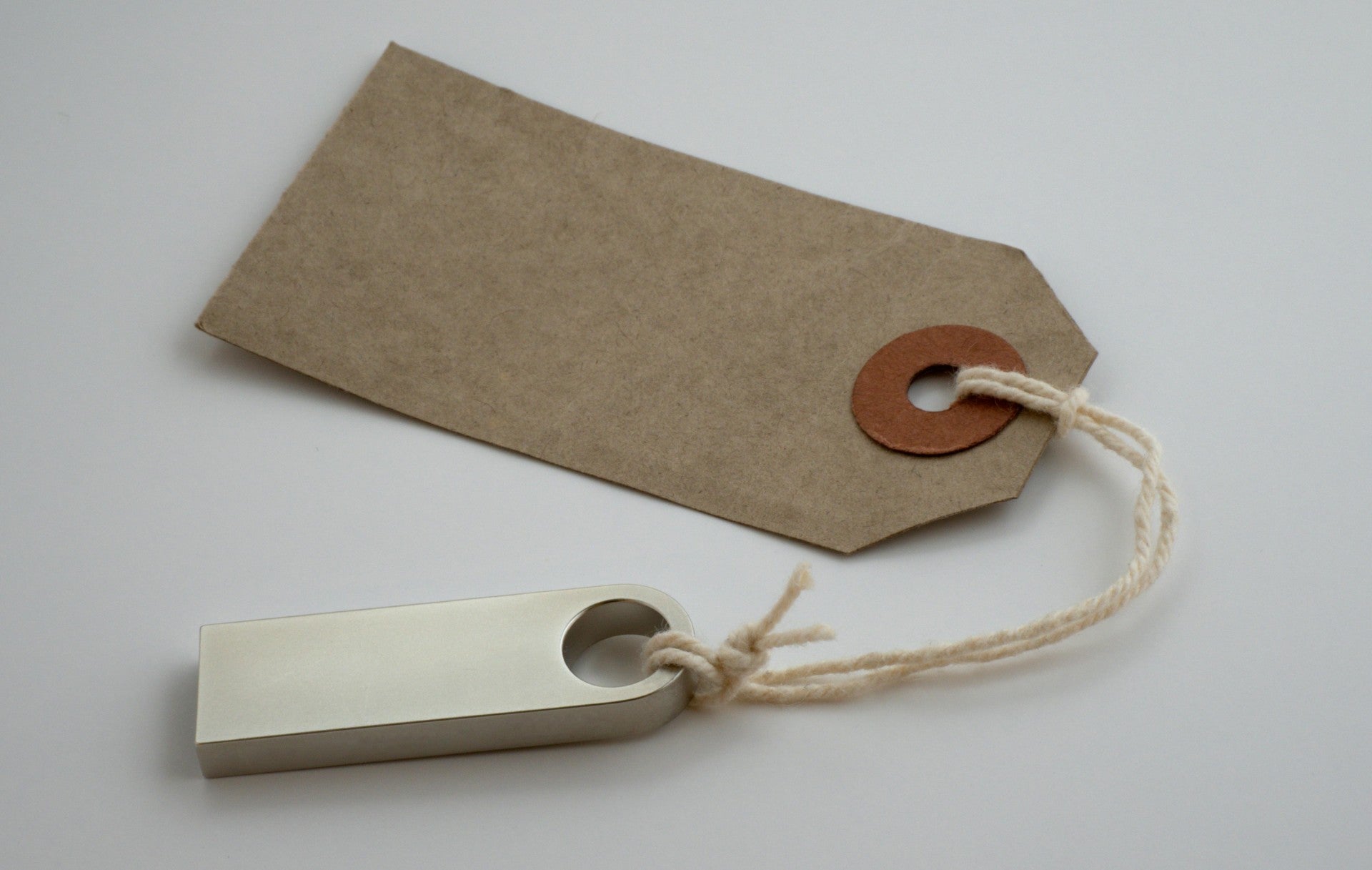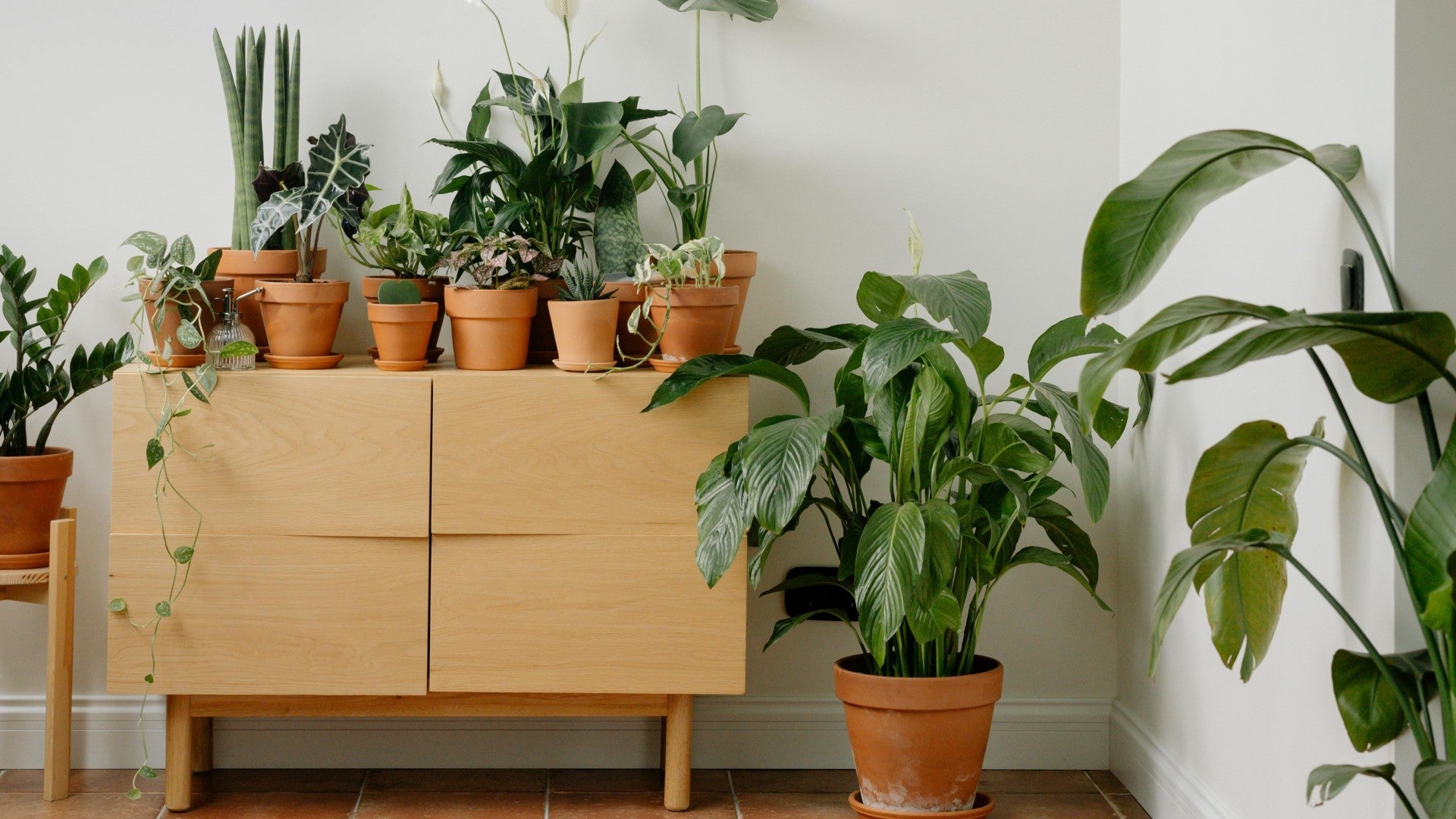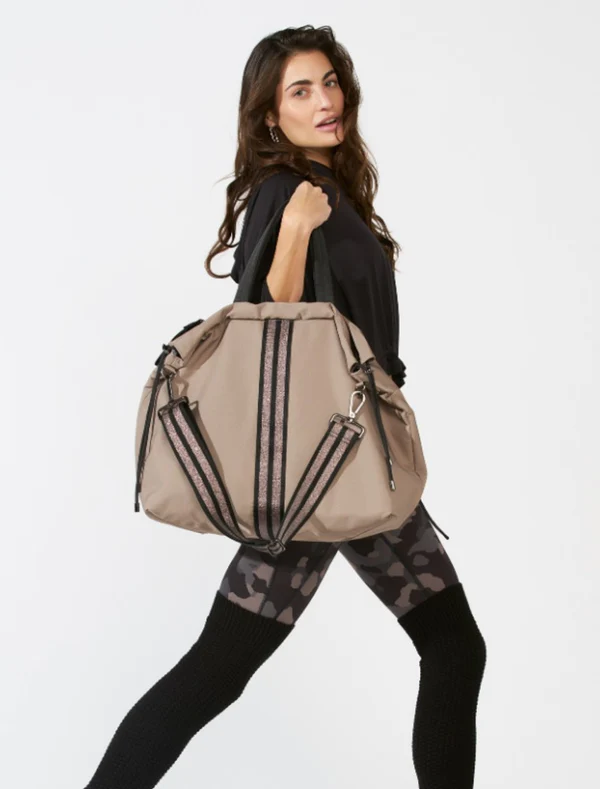From your wardrobe to your living room, ecolabels promise more conscious choices. But what do they mean – and which ones can you actually trust?
From your wardrobe to your living room, ecolabels promise more conscious choices. But what do they mean – and which ones can you actually trust?
What does brand transparency mean? You’ve probably heard this term thrown around a lot – and for good reason. Brand transparency is the BTS content of the business world, spilling the tea on how a company operates, from its supply chains and materials to its labor practices.
You can easily check if a sofa feels sturdy or if a shirt’s color suits your style, but you can’t see whether the fabric was crafted sustainably, if harmful chemicals were used, or if workers were paid fairly. That’s when trusted eco-labels come in handy. They provide independent, third-party verification that a product meets strict environmental, ethical, or social standards. In other words, these certifications exist to uncover what you can’t assess just by looking, making the invisible visible.
There are four main ecolabels you might recognize in fashion and interiors. Let’s break them down
1.GOTS (Global Organic Textile Standard)
Found on: Organic fibers that are clean from seed to shirt.

A textile product carrying the GOTS label must contain a minimum of 70% certified organic fibers [1], grown without the use of synthetic pesticides, herbicides, or genetically modified organisms. Following the principles of organic agriculture – which prioritizes the health of ecosystems, soil, and people – GOTS evaluates the entire supply chain, from raw fibers farming to the finished garment.
Why it matters: Choosing GOTS-certified products guarantees that what you wear or use is free from toxic chemicals, sustainably produced, and ethically sourced.
Click here to check how it looks like!
2. Cradle to Cradle Certified®
Found on: Products designed to be recycled or safely returned to nature.
Cradle to Cradle Certified® is a globally recognized standard that assesses the circularity and consciousness of products across their full life cycle, rather than focusing only on the materials used. Unlike most labels, which tend to look backwards at what went into a product, Cradle to Cradle looks forward. Can this chair be disassembled and its components reused or recycled? Can this jacket biodegrade safely without harming the environment? These questions guide designers to create products that are sustainable from start to finish.
Why it matters: This label supports a circular approach – products are designed for reuse and recycling, not just disposal.
Click here to see how the label looks like!
3. B Corp Certification
Found on: Brands where sustainability is built into the DNA, not just the products.
B Corp doesn’t apply to a single t-shirt or sofa. It applies to an entire company. To earn it, brands must prove they meet high standards for social and environmental performance, transparency, and accountability. B Corps are expected to continuously improve their impact and evolve alongside global challenges. During certification, businesses work on improving over five years. They start by meeting Year 0 requirements, then gradually meet the Year 3 and Year 5 standards.
Why it matters: You’re supporting a company that consistently integrates sustainability and social responsibility into everything it does, not just individual products.
Click here to discover how it looks!
Click here to discover how it looks!
4. OEKO TEX®
Found on: Clothing, bedding, and upholstery – anything that comes into daily contact with your skin.

OEKO-TEX® currently offers six main certifications and labels, each with a specific focus, but two stand out for consumer awareness. Standard 100 ensures that all components of a textile (threads, buttons, dyes, and finishes) are free from substances harmful to humans. Made in Green goes a step further by certifying that the product is also manufactured in facilities meeting high environmental and social responsibility standards, including traceable supply chains.
Why it matters: With these certifications, you can trust that your clothes and home textiles are safe to wear, non-toxic, and produced with attention to both people and the planet.
Click here to learn how to recognize the label!
A Sneak Peek at Our Next Article
From ECONYL® Blog
The Art of Underconsumption: embracing minimalism during “deals month”
En savoir plus
Eco Labels
Eco labels are certifications or marks that identify products meeting specific enviromental or social standards
What Are Ecolabels in Fashion and Home Décor? A Beginner’s Guide to Labelling & Transparency
En savoir plus
What Are Hygge, Feng Shui, Wabi-Sabi & Lagom? Wellness Interior Design Explained
En savoir plus
Join a newsletter that inspires change
Step into the loop and unlock thoughtful insights, inspirations, and stories that connect.
Join now!Let your choices reflect your values.
Sale & offers
Exclusive perks and early private access.

The Club
